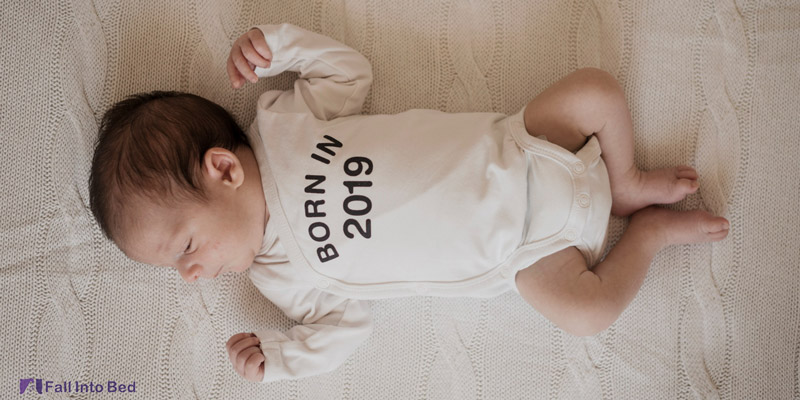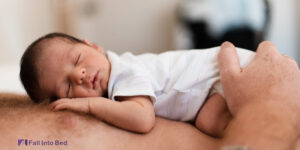Sleep is one of the most important things for infants, and yet one of the most challenging tasks for parents as well. A frequently asked question we get about babies and sleep, is their sleeping positions.
In this article we are going to answer these questions about the safest sleeping positions for babies and toddlers, the risk of unsafe positions for new-borns and some tips on how to put your baby to sleep in no time.
Best sleeping positions for new-borns
The safest sleeping position for babies, especially infants (0-12 months) is back sleeping. Whether you want to put your baby to sleep at night or just a quick nap, back sleeping is recommended to highly reduce the risk of sudden infant death syndrome (SIDS).
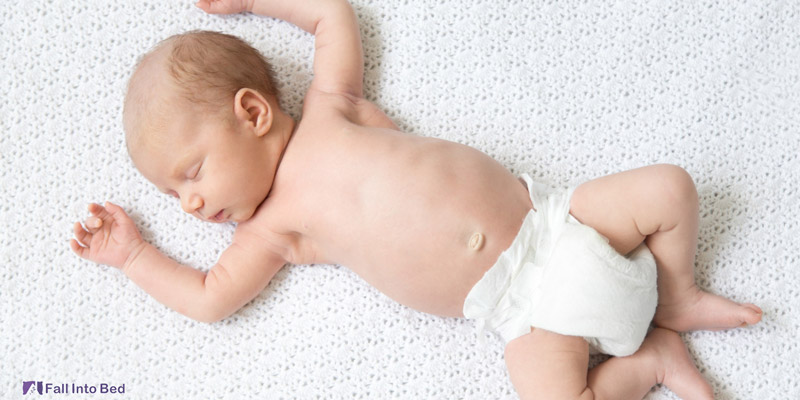
What should we do we babies roll onto their stomach during sleep?
Studies indicate that during early infancy, it’s uncommon for a baby placed on their back to roll onto their stomach. However, as infants develop, they often start rolling over by themselves. In these cases, there is no evidence suggesting that they need to be repositioned.
Baby sleep positions to avoid
Side sleeping
Researches on SIDS has shown that babies who are used to sleeping on their back, and are then placed on their sides or stomach has a significantly higher risk for SIDS, up to seven or eight times more.
Toddlers between the age of 1 to 3 years, can choose their comfortable position to be side sleeping. However, placing them initially on their back is still safe.
Sleeping on the stomach
Just like side sleeping, sleeping on the stomach increases the chance of SIDS in babies younger than 12 months of age. Though as the baby grows to be older than 3 years, it’s safe for them to sleep in any sleep positions they find comfortable.
Some new-borns sleep with their butt in the air, as it reminds them of the position they had in the womb.
Sudden infant death syndrome (SIDS)
SIDS is the sudden and unexplained death of a baby younger than 1 year old which usually happens during sleep. The cause of SIDS is unknown, but it’s believed to have a number of risk factors regarding sleep and baby’s body and mind.
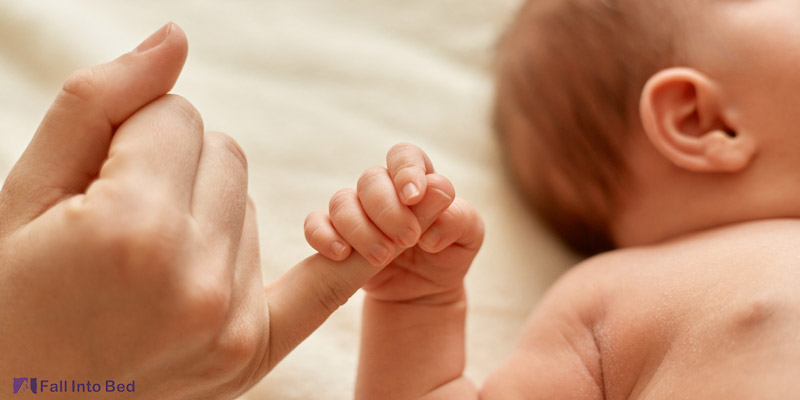
A baby’s sleeping position, crib and other factors may increase the risk of sudden infant death syndrome. They include:
- Sleeping on the side or stomach; Babies placed on their stomach or side have a higher chance of SIDS. It’s recommended to put babies to sleep on their back
- Sleeping on a soft surface; Place your baby on a firm and steady sleep surface. Never place your baby to sleep on pillows and other soft surfaces.
- Co-sleeping; Sharing bed with your baby increases the chances of SIDS. Your baby shouldn’t sleep in the same bed with you or other children. However, they can sleep in the same room as you. If you breastfeed them in your bed, it’s important to place them in their own crib after. If your baby only sleeps when they’re held in your arms for various reasons, you should start helping them to get used to falling asleep in their own crib. Also, some babies refuse to sleep in their crib due to reasons like separation anxiety. There are techniques and considerations for these situations as well.
- Smoking; Smoking before or after your baby’s birth is a significant risk factor.
Tips to put your baby to sleep easily
Sleep environment
Your baby’s environment is extremely important. The room should be dark, with the right temperature ( between 20 to 23 Celsius – 68 to 72 Fahrenheit ) and distractions should be reduced as much as possible. Keeping a consistent sleep schedule for your baby helps them to fall asleep easier at nights. There are also some tricks you can use to put your baby to sleep in less than a minute.
However, some 10 month-olds, 14 or 15 month-olds experiences sleep regression for a few weeks, which is normal but can be challenging to deal with during this phase.
If your baby is going through a stage in their developmental milestone, their sleep patterns might get affected during that time.
white noise
White noise or soft lullaby can relax the baby and ease then into sleep.
Pacifier or comfort item
Some babies have a special stuffed animal that you can’t take away from them. Placing their comfort item near them as they try to fall asleep can be helpful. However, you should place the item far from your baby as soon as they fall asleep. It can be dangerous to keep small object items near them when they’re asleep. It’s important to know when a baby can sleep with stuffed animals.
If your baby is teething, make sure you provide a teether for them, and relax their gum from the pain and discomfort of teething. It’s important to know that teething can affect babies’ sleep.
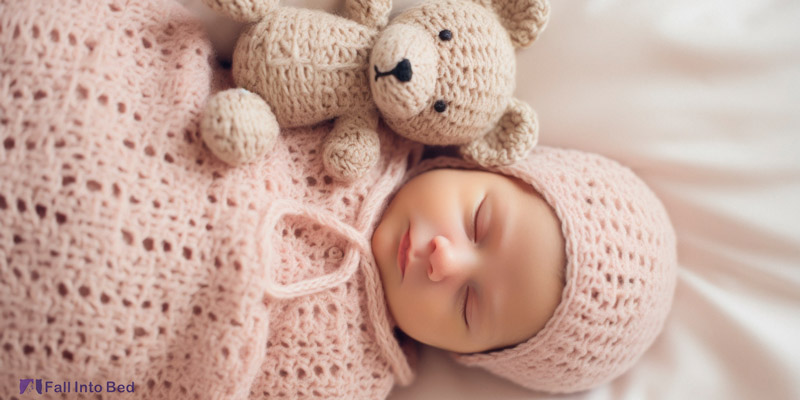
Creating the right sleep environment and using the best sleeping positions helps your baby sleep safely and soundly. By placing your baby on their back and ensuring a secure space, you’re fostering healthy sleep habits. Here’s to peaceful nights and sweet dreams for both you and your little one! 🙂

